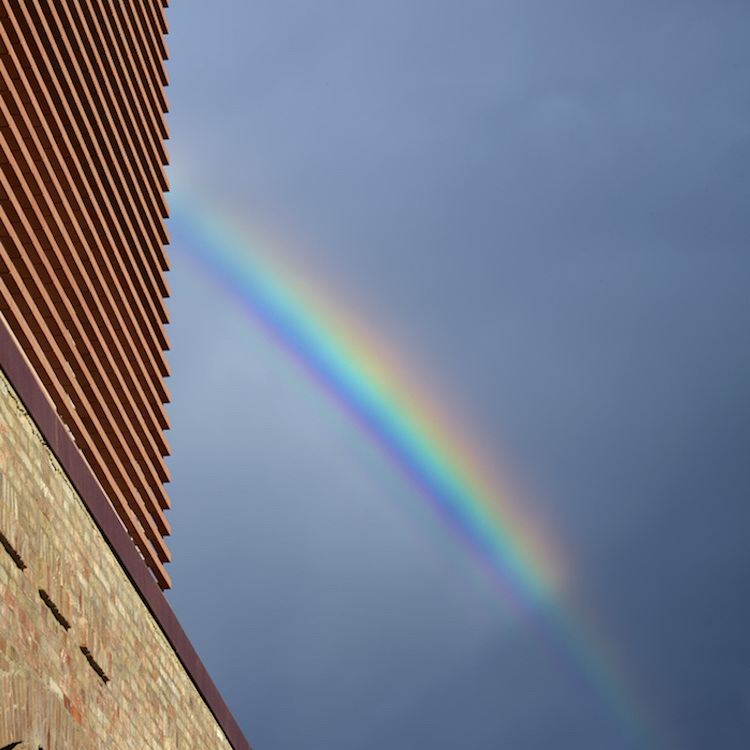RICCIONE, Italy — Italian architect Pietro Carlo Pellegrini, tasked with recovering an early 20th century industrial brick complex once home to a brick manufacturing plant, has breathed new life into the previously decommissioned building.


Pellegrini’s realization ‘Ex Furance’ ensures historical continuity with the complex’s existing architectural character, and is now the site of a secondary school, theatre and office building, ARCHMARATHON writes.
Old destinations give way to the new ones, exploiting the existing spatial possibilities, maintaining the shapes of the old body factory as historical memory of the place: inside of it will be placed a secondary school for 450 students, a theatre with 650 seats, a headquarters office, as well as the organization of the external spaces.
Pellegrini masterfully reinterprets and melds the preexisting masonry elements, such as the common bonded brick facade with its patterned triads of arched windows, with an innovative employment of horizontal and patterned terracotta-colored, energy saving brise soleil, ArchDaily writes.
The most widely material used in the realization is the brick. It was chosen as strongly evocative of the old furnace and its color; also the brick, as a material, was already present in the furnace, and also was manufactured in that place; the use of brick not as masonry material but as brise soleil testifies to its versatility, its contemporary use and therefore its beauty, the daughter of a past that saw him star and a future that will be able to witness it due to his skills.

Brise Soleil

Brise Soleil
The architect has this to say about the project:
The purpose of design is to create simple and easily recognizable architectural volumes, standardizing forms, materials and colors, reinterpreting the historical aspects of preexisting archaeological sites in the way of the contemporary; following a process of “addition” never concluded, the project aspires to a certain continuity with history, not so much in stylistic terms, as for the compositional syntax, allowing the transformation of the use, without they lose their identity.

Images courtesy Mario Ciampi.
Do you love or loathe this work of contemporary brick architecture? Share your thoughts in the comments.

Ex Furance. Click for larger image






Add your valued opinion to this post.